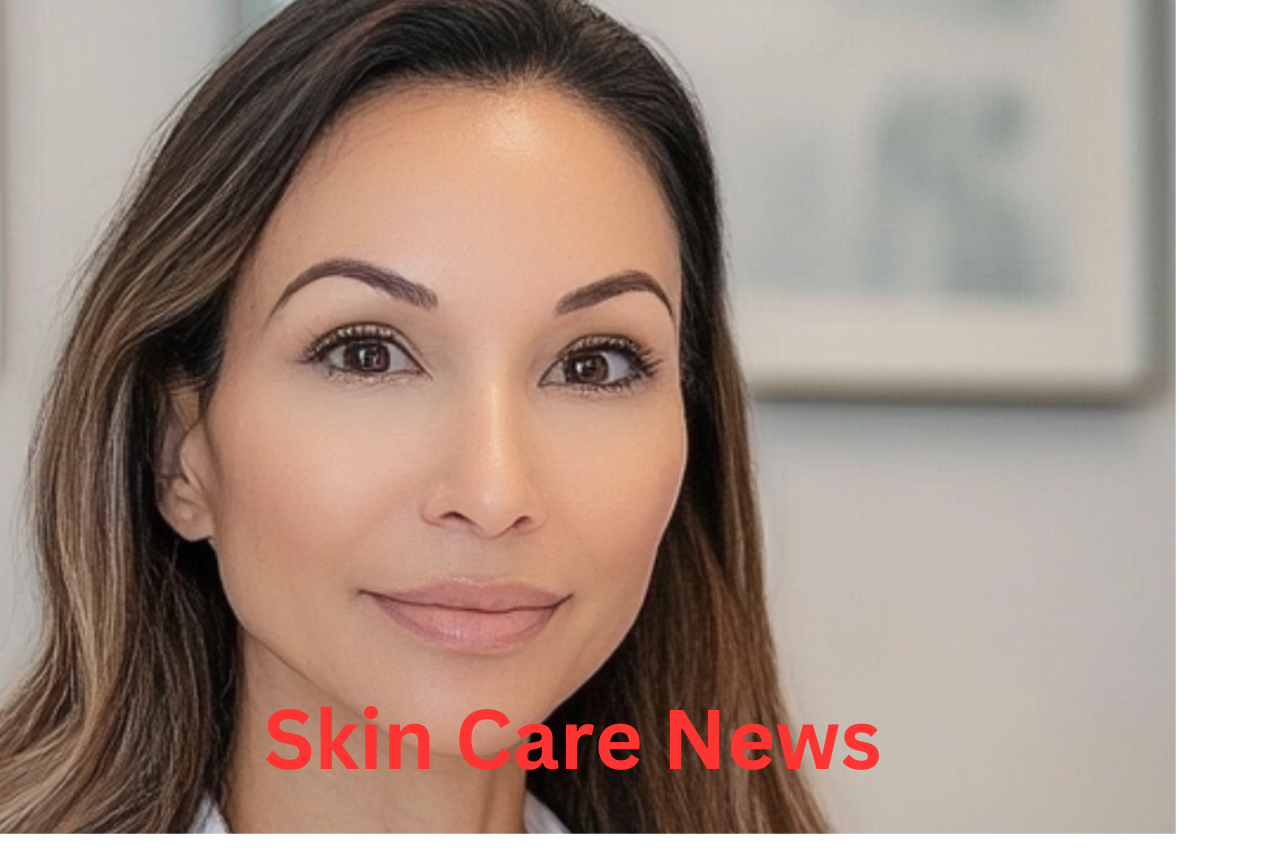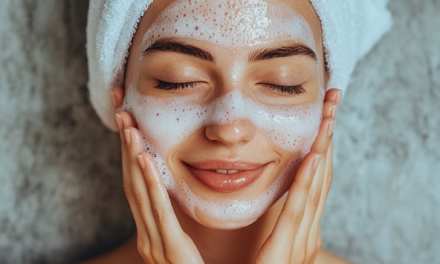Young girls are using anti-aging products from social media. This can be more harmful than just skin issues.
SACRAMENTO, Calif. (AP) — Scarlett Goddard Strahan began to stress over developing wrinkles when she was in fifth grade.
Upon hitting the age of 10, Scarlett, along with her companions, dedicated hours scrolling through TikTok and Youtube. They watched as influencers promoted products for attaining the current beauty standard: a luminous, “glowing,” perfect complexion. Consequently, Scarlett established a complex skincare regimen that included facial cleansers, sprays, hydrating masks, and moisturizers.
One evening, Scarlett’s skin started burning severely, resulting in blisters. The overuse of adult potency products had caused severe damage to her skin. After several months, clusters of small bumps persist on Scarlett’s face, and her cheeks become red under sunlight.
“I didn’t wish to have wrinkles and appear aged,” Scarlett, who just celebrated her 11th birthday, admits. “If I had realized the impact this would have on my life, I would never have applied these products on my face.”
The phenomenon experienced by Scarlett is becoming prevalent, according to specialists, as young girls nationwide flock to cosmetics shops to purchase premium skincare products. This trend is highlighted in popular videos tagged with #SephoraKids. Girls as young as 8 are appearing at dermatologists’ offices with issues such as rashes, chemical burns and various allergic reactions to products not designed for their delicate skin.
Dr. Brooke Jeffy, a dermatologist based in Scottsdale, Arizona, states, “When children use anti-aging skincare products, they can actually induce early aging, damage the skin barrier, and result in permanent scarring.” She has also shared her own social media videos debunking the advice given by influencers.
Beyond the physical damage, the concern of parents and child psychologists about the trend’s impact on the mental well-being of girls is profound — with potential long-term effects. Comprehensive data imply that an obsession with looks can influence self-worth and body perception and trigger anxiety, depression, and eating disorders.
The fascination with skin care provides insight into the influence of social media on the younger generation, specifically its impact on the ideals and uncertainties of girls. There’s a noticeable increase in feelings of sadness and hopelessness among girls. It’s a topic of discussion whether social media presence is the cause or merely associated with mental health issues. However, for older teenagers and young adults, it’s evident that prolonged exposure to social media has had a negative effect, without a doubt.
The interest of young girls in makeup and cosmetics is nothing new. Nor are children comparing themselves to idealized beauty standards. However, the scale of this phenomenon is what has changed, according to Kris Perry, the executive director of Children and Screens, a nonprofit organization dedicated to researching the effects of digital media on child development. In this age of filtered pictures and artificial intelligence, some of the attractive faces they come across aren’t even real.
“Girls are inundated with perfected images of beauty that set a standard of beauty that could be extremely challenging — if not unachievable — to meet,” Perry states.
Setting aside funds for Sephora shopping sprees
The fascination with skincare goes beyond the chase for flawless skin, as stated by 14-year-old Mia Hall.
It’s about experiencing acceptance and being part of a community that shares the lifestyle and appearance you desire, according to Mia, a Bronx resident from New York.
Mia didn’t consider skin care until she began eighth grade the previous autumn. It became a talking point among girls her age — both at school and on social networks. Girls connected through their skincare regimens.
“Mia admitted, “I was just doing what everyone else was doing. I thought it was the only way to be accepted.” She began to follow beauty influencers such as Katie Fang and Gianna Christine, who command the attention of millions of young followers on TikTok. Some influencers receive payment from brands to push their products, although they might not always disclose this.
Mia became captivated by the “Get Ready With Me” videos, where influencers record their preparation process — be it for school, an outing with friends, or packing for a journey. The hashtag #GRWM has attracted more than 150 billion views on TikTok.
“Mia describes it as a hypnotic experience. ‘You’re unable to stop watching,’ she shares. ‘Hence, when they recommend a product or vouch for its effectiveness, it feels intimate. Purchasing what they own gives me a sense of connection with them.’
‘Seeing other girls of my age, looking gorgeous or leading an incredible life, often triggers feelings of jealousy and insecurity in me,’ she discloses.
The extensive detail and information disseminated through beauty tutorials convey a concerning message, particularly at a delicate age when girls are experiencing puberty and are in the process of discovering their identities, notes Charlotte Markey, a body image specialist and psychologist at Rutgers University.
“Markey, the author of “The Body Image Book for Girls”, says, ‘Girls are given a message that they are a project that needs to be started immediately. Essentially, they are told that they aren’t fine as they are.'” Read More


